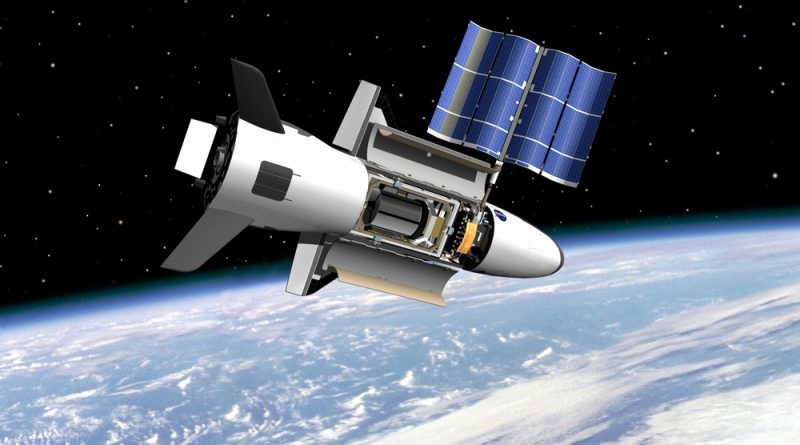Secretive X-37B Space Plane Discovered in Orbit after Staying Hidden for 218 Days
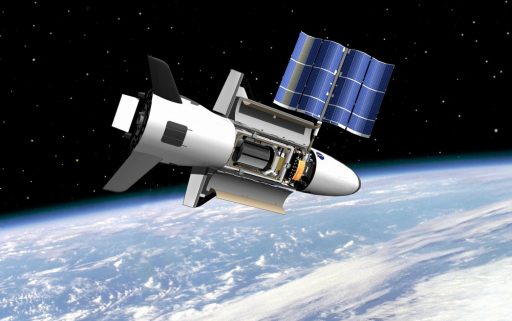
It circled the Earth in obscurity for more than half a year, now the semi-secret X-37B OTV 5 space plane has been conclusively identified by amateur satellite observers in a circular orbit around 355 Kilometers in altitude. The orbit’s inclination at 54.5 degrees is much different from previous OTV missions and in part responsible for the craft remaining undiscovered for so long.
X-37B, conducting its fifth orbital flight, lifted off from Launch Complex 39A at Florida’s Kennedy Space Center on September 7, 2017. In the typical secrecy surrounding the Air Force’s X-37B program, the launch was shown until separation of the protective payload fairing and confirmation of successful orbital insertion was provided a short time later but operational aspects of the mission like the craft’s operating orbit, intended mission duration and specifics on the payloads it carries were not disclosed.
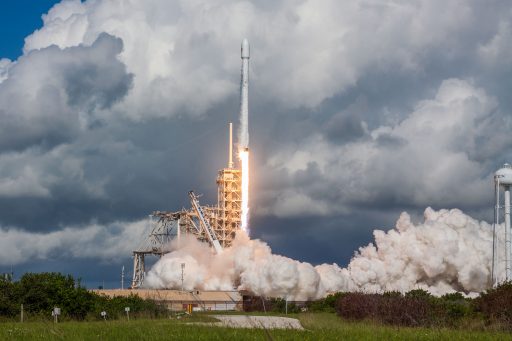
Given the hush-hush nature of its missions, X-37B is a target of intense observation by the amateur satellite community and the orbital dynamics of all four prior OTV missions were closely watched. Typically, the spacecraft was spotted in orbit within a few days after launch; however, there were several cases where observers lost track of the spacecraft due to unexpected orbital maneuvers.
X-37B OTV 5 proved to be a tougher nut to crack as it was clear from the outset that the spacecraft would operate from a different orbit than its predecessors: “The fifth OTV mission will be launched into, and landed from, a higher inclination orbit than prior missions to further expand the X-37B’s orbital envelope,” the U.S. Air Force Rapid Capabilities Office said in a statement before the craft blasted off atop Falcon 9.
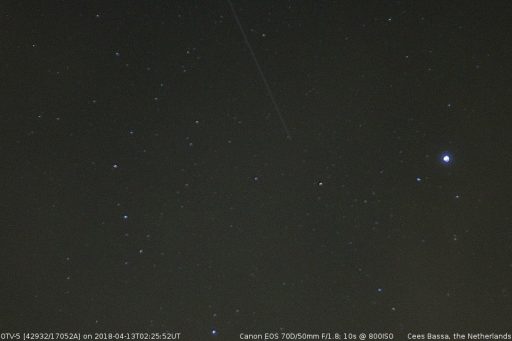
The safety zones identified for the September 7 Falcon 9 launch were of little use for narrowing down the orbit as the departure path from Florida pointed to a 43-degree orbit while the second stage re-entry/splashdown area was consistent with a 60-70° orbit – indicating there was plenty of out-of-plane maneuvering by the launch vehicle either before or after separation of the five-metric-ton spacecraft.
Observer Russell Eberst based in Scotland reported an unidentified object on October 3rd, 2017 in a Low Earth Orbit in the neighborhood of 55 degrees, between 350 and 450 Kilometers in altitude. With only a single observation, margins for the orbit’s altitude, inclination and right ascension were quite high, requiring follow-up observations to further constrain the orbit. A false detection in early November threw observers off the X-37B’s tail and no conclusive observations were reported through April 2018.
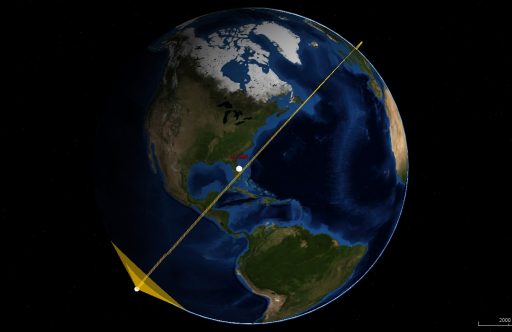
Dr. Cees Bassa, a professional radio astronomer and hobbyist satellite tracker from the Netherlands, reported an unidentified object on April 11 in a 54.5-degree orbit at an altitude of around 355 Kilometers. Further study of his observations showed the object was the same observed by Russell Eberst back in October and Bassa was able to observe and measure the object again on Thursday in an orbit of roughly 356 by 357 Kilometers, inclined 54.47 degrees.
Tracking elements of OTV 5 are available here; the northern hemisphere currently has morning visibility.
Further confidence of the object being X-37B OTV 5 came through back-propagating the orbital elements to the time of the mission’s launch on September 7 showing close proximity of the orbit’s plane to the Cape Canaveral launch site.
The orbital inclination of 54.5 degrees is in line with the Air Force’s statement of OTV-5 operating from a higher inclination than previous OTV flights. The ~355-Kilometer orbital altitude is also in family with previous OTV missions: OTV 1 spent the majority of its mission around 330 Kilometers in altitude, OTV 2 exhibited frequent maneuvers between 270 and 450 Kilometers, OTV 3 flew around 390 Kilometers in altitude and OTV 4 spent most of its mission around 350 Kilometers in altitude, though at a lower inclination than the first three missions.
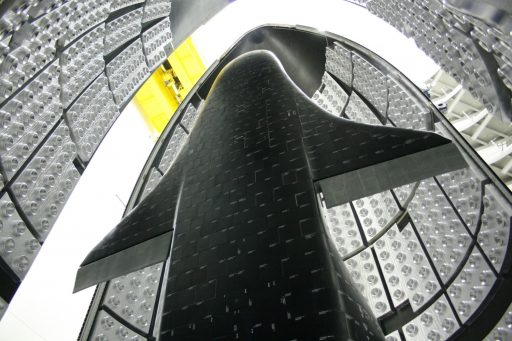
The fact that observations of OTV 5 from October still are a good match with those from this week indicate the spacecraft has maintained its 355-Kilometer orbit for the last half year.
What the spacecraft might be up to in this type of Low Earth Orbit, some 50 Kilometers lower than the International Space Station, is pretty much unknown. As with the previous X-37B flights, only very few details on the OTV 5 mission are being shared with the public and most of what resides in the vehicle’s 2.1 by 1.2-meter payload bay will remain secret.
One payload on the OTV 5 mission that was publicly acknowledged is the Air Force Research Laboratory Advanced Structurally Embedded Thermal Spreader that will test experimental electronics and oscillating heat pipe technologies over a long-duration space flight. Three oscillating heat pipes are part of the package to evaluate the technology for future applications in space as it could offer lighter and less expensive thermal control solutions for satellite missions. The goal of the OTV-5-mounted experiment will be to evaluate the technology’s initial thermal performance and monitor it over an extended period to assess long-term degradation.
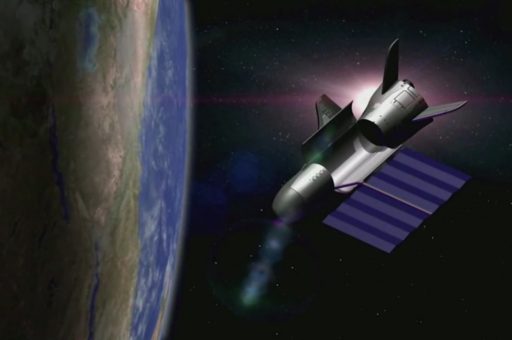
The Air Force also said the OTV 5 mission hosts small satellite ride shares to demonstrate greater opportunities for rapid space access; however, no additional objects have been cataloged under the OTV 5 mission’s international designator 2017-052 up to this point.
The planned duration of the OTV 5 mission was not revealed beforehand but the U.S. Air Force stressed on numerous occasions that the duration of X-37B missions is driven by a number of operational constraints including the performance of the spacecraft and the requirements of the different experiments flying on the mission. The presence of a heat pipe experiment – a component that has to function over periods of many years on future operational missions – could indicate that the OTV 5 mission may be of extended duration. OTV 4 set a new endurance record for the program, remaining in orbit for 718 days, indicating OTV 5 may not be returning to Earth any time soon.

